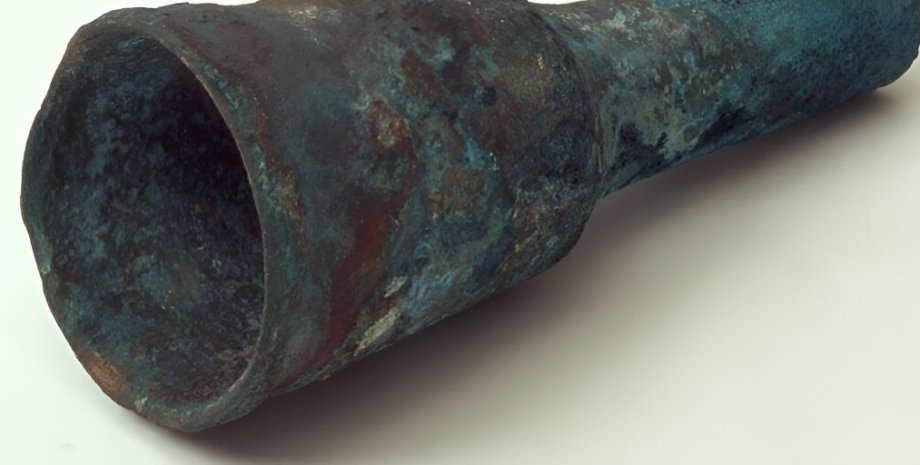
The relic, a miniature muzzle-loading cannon made of cast copper alloy, was discovered by an amateur diver at a depth of 20 meters near Marstrand.
A group of international researchers led by maritime archaeologist Staffan von Arbin from the University of Gothenburg conducted a comprehensive study of a potential relic of Europe’s oldest ship cannon. This marine artifact, found in the waters off Marstrand, along the west coast of Sweden, is believed to date back to the 14th century, Phys.org reports.
The study offers a new perspective on the initial stages of artillery development, both on land and at sea. It is also a testament to the tumultuous era experienced by the sailors and coastal communities of the time.
The relic, a miniature muzzle-loading cannon made of cast copper alloy, was discovered by an amateur diver at a depth of 20 meters near Marstrand. Importantly, the research team concluded that the cannon was specially designed for shipboard use, and not a cargo, thanks to the discovery of residual charges in its powder chamber. This excellent preservation allowed us to apply the radiocarbon dating method to determine the age of the artifact.
Maritime archaeologist Staffan von Arbin says: “Thanks to the preserved remnants of the charge, it was possible to use the radiocarbon method to determine the age of the find. The results show that the Marstrand cannon probably dates back to the 14th century, making it one of the oldest artillery pieces ever found in Europe.”
During the thorough study of the find, the researchers used the most advanced 3D scanning technology and conducted a chemical analysis of the composition of the cannon’s copper alloy. This analysis showed that the alloy consisted of approximately 14 weight percent lead and only minor traces of tin.
This composition, according to the researchers, makes the gun suboptimal for long-term and intensive use. Obviously, the person responsible for casting the cannon did not have a full understanding of the various properties inherent in copper alloys.
This observation suggests that at that time the art of cannon casting remained a field that was largely regulated by trial and error.
In addition, chemical analysis provides insight into the origin of the materials used in the gun’s construction. It is assumed that the copper ore came from what is now Slovakia, while the lead component probably came from England or the border region shared by Poland and the Czech Republic.
In the 14th century, Marstrand was a prominent center of commercial shipping, thanks to its exceptional port infrastructure connecting Western Europe and the Baltic Sea region. However, this maritime corridor was not immune to conflict, as the seas were often involved in wars and skirmishes, which negatively affected coastal communities. The looming threat of piracy further increased the risks faced by seafarers.
The study of the Marstrand cannon reveals the integration of new firearms in this era, which provided significant tactical advantages during naval engagements. It is noteworthy that not only warships could boast of these weapons, but merchant ships in the late Middle Ages also increasingly used cannons to protect themselves from pirates and other enemies. This discovery contributes to a deeper understanding of the evolution of naval military equipment.
The design of the find corresponds to cannons usually associated with the 15th and 16th centuries. Nevertheless, it testifies to the existence of this model as early as the 14th century.
In addition, the discovery of preserved charge remnants in the gun’s powder chamber sheds light on the earlier use of cartouches, a form of textile packaging for powder charges, which casts doubt on previous chronologies.
Staffan von Arbin, speaking about future prospects, says: “Now, of course, we also want to try to find and study the ship to which the cannon belonged. Although it is probably badly damaged and broken, it should be possible to find scattered wreckage if we make a thorough inventory of the site and its surroundings.”

